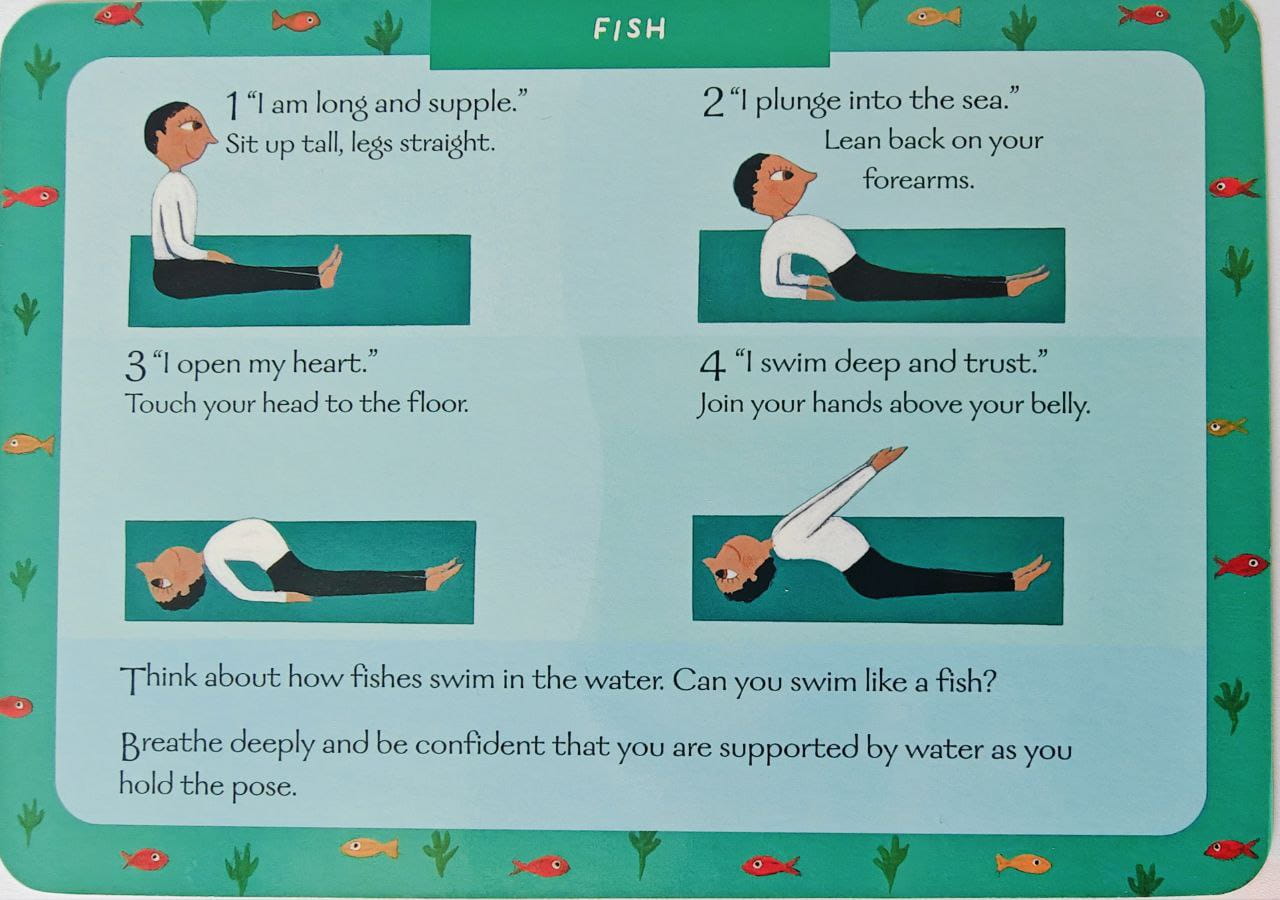The importance of ongoing physical fitness for Northbridge students
The last 18 months at Northbridge International School Cambodia have seen PE classes both on campus and online. Those during the Virtual School Experience (VSE) have been adapted to Covid restrictions and our students have responded superbly with their attitude and commitment during this time. However, as we approach the summer break it is vital that parents and caregivers continue with the efforts in providing physical activities for our students whenever possible.
The last 18 months at Northbridge International School Cambodia have seen PE classes both on campus and online. Those during the Virtual School Experience (VSE) have been adapted to Covid restrictions and our students have responded superbly with their attitude and commitment during this time. However, as we approach the summer break it is vital that parents and caregivers continue with the efforts in providing physical activities for our students whenever possible.
Students have missed out on many opportunities to improve their physical fitness and the understanding of the health benefits of exercise due to the prevailing circumstances.
On a positive note, we now all can appreciate the ability to go outside of our living environment and enjoy the outdoors spaces more so in these times.
Governmental organisations worldwide responsible for health agree about the necessity for children (and adults) to exercise regularly and below is a typical example of the recommendations:
Recommended Levels for Preschool-Aged Children (ages 3 through 5 years)
-
Preschool-aged children (ages 3 through 5 years) should be physically active throughout the day for growth and development.
-
Adult caregivers should encourage preschool-aged children to be active when they play.
Recommended Levels for School-Aged Children and Adolescents (ages 6 through 17 years)
-
Children and adolescents ages 6 through 17 years should do 60 minutes (1 hour) or more of moderate-to-vigorous intensity physical activity each day, including daily aerobic – and activities that strengthen bones (like running or jumping) – 3 days each week, and that build muscles (like climbing or doing push-ups) – 3 days each week.
Click here to learn more.

There is a saying in sports “use it or lose it”.
This is a reference to physical fitness being lost quicker than it is developed. By ensuring that students are proactive whilst at home, it should ensure they arrive in the best possible condition when we restart classes on campus.
Over the summer break we hope that our students are able to exercise on a daily basis and suggest that a log or record be kept that should help motivate them during this time and can be shared with teachers and classmates. Here is an example students could use.

Remember that exercise can be done safely at home as well as outside. Activities include walking the dog, biking, walking up flights of stairs all count as exercise and are part of the whole picture of physical activity.
As a school, pending restrictions, we will do our very best to ensure that PHE activities will focus on ensuring physical fitness development on their return in August. Fun activities but lots of running and swimming!
Everyone has a role to play in ensuring our students are fit and healthy and we wish everyone a safe and happy summer break.








